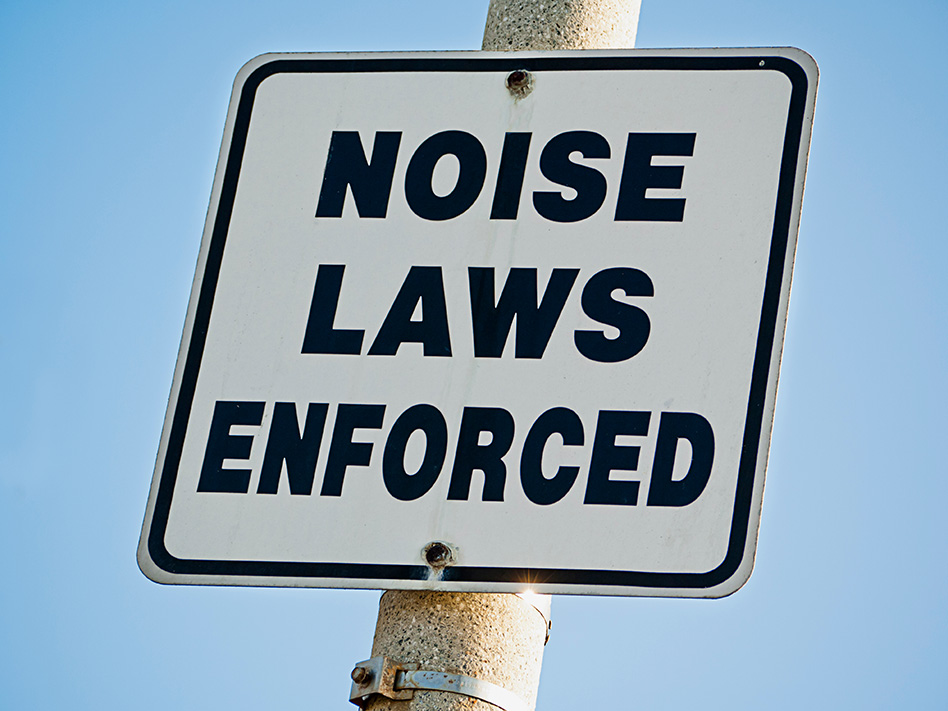The FERC 55 dB(A) Ldn Requirement - Introduction

The Federal Energy Regulatory Commission ("FERC" or "Commission") noise limit of 55 dB(A) L
We will cover:
- Nomenclature
- Why the L
dn causes so much confusion - The 48.6 dB(A) Leq Equivalence Assumption
- The Great Distinction and Why It Matters (or might not)
- The Regulation versus the Application of the Regulation
- Practicalities, Pre-Certificate
- Practicalities, Compliance
OK. I get it. Noise is not your thing, but here's a quick test. Have you ever thought or said any of the following?
- I am not an acoustical expert.
- I didn't have a noise control engineering course in school.
- I have a consultant or someone on staff who handles noise issues.
- Noise is such a small part of my project, I can worry about later, or when it turns out to be a problem.
If you have ever thought or said the last statement, then I strongly encourage you to read my second blog post, "Should I Consider Noise Control on Every Project?" If you have thought or said any of the above statements and you work on fixed facility projects, particularly in the oil & gas or power sectors, then I encourage you to keep reading.
We learned in my last post that if your project isn't FERC regulated, oftentimes there is no noise regulation. In the absence of a noise regulation you may still want to have a good neighbor policy noise goal in order to minimize the potential for noise complaints. If so, you should understand the FERC noise limit; it is a great, defensible benchmark. If you demonstrate that you went through the effort and cost to meet the FERC noise limit even if you didn't have to, then you can make a very strong case against noise-based lawsuits. Even if you do not adopt the FERC noise criteria, then understanding it will give you a good basis for setting project noise expectations, and potentially avoiding common pitfalls.
I suppose I could end this introduction with a little background on the history of the FERC noise limit. However, I think I will save that for another time. Suffice it to say, it goes back to The Natural Gas Act of 1938. For now, I hope this introduction has piqued your interest enough to warrant further reading. Even though it might be a little outside of your wheelhouse, I believe that having an understanding of the FERC noise limit will provide enough context to serve you well on all of your projects that might have a noise component, which could be all of them.
 About the Author - Tim Simmons, Ph.D. - USSI Director of Industrial Acoustics
About the Author - Tim Simmons, Ph.D. - USSI Director of Industrial Acoustics
Dr. Tim Simmons manages USSI's Industrial Acoustics Department. Tim comes to USSI with a wealth of Acoustical and Noise Control knowledge and real-world experience. Tim holds a Ph.D. in Physics from the University of Mississippi and a B.S. in Engineering Physics from the University of Tennessee.
Member INCE, ASA, ASME
